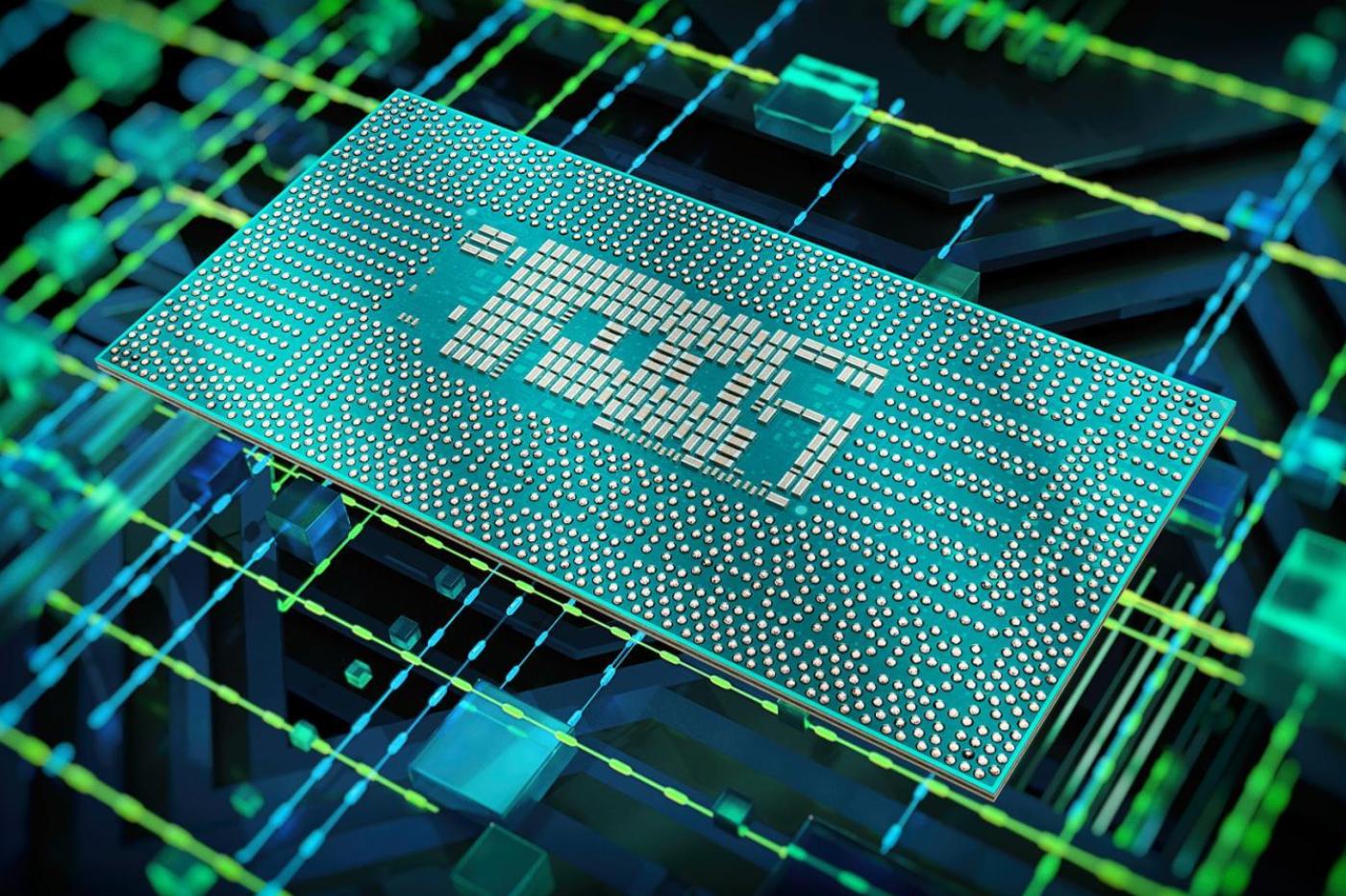
After having very vaguely unveiled them at the last CES, Intel has finally officially presented its new processors for portable devices.
Since the release of the 12th generation of Intel processors, observers have been unanimous: so far, Alder Lake has been a resounding success which has put the blue team back in the saddle after having begun to bow down under the battering of AMD. The founder now wants to transform the test and announces the expansion of its mobile range with the official launch of the 12th generation Intel Core P series and U series processors. We now learn that they will hit the market in next March.
As announced at CES 2022, we thus discover a range intended for thin, light, but still relatively powerful devices – typically laptops up to ultrabooks, these laptops extremely capable, but usually do without a dedicated graphics card.
The first half of the segment now split into two series P and U
Like the rest of the Alder Lake family, these new chips are also custodians of the hybrid architecture that has greatly contributed to the success of this generation. By playing on the number of powerful cores (P-cores) and the quantity of less efficient, but more economical cores (E-cores), Intel offers itself considerable leeway in terms of optimization, and these chips should not no exception.
If we rely on the trend observed on previous generations, these should be particularly energy-efficient chips. They should probably fall below the 28W mark, which previously corresponded to the U series of Intel processors. Because for the occasion, the firm has chosen to further complicate the already convoluted nomenclature of its products with a new P series.

Portable, yet formidable chips
We see that the latter have a distribution of cores perfectly identical to that of the H series, which includes mobile processors that consume more energy, but also more powerful. In this case, the Core i7-1280P, top-of-the-range model of this P series, will have 6 P-cores and 8 E-cores like the equivalents of the H-series i9 and i7 models.
But it is indeed a bifurcation, and not a redefinition which would sign the death warrant of the U series. This remains on the program and will find its place in very energy-efficient devices since they will have a maximum of 2 P-cores, compared to 6 to 10 E-cores.
But for both series, the overall finding should be quite similar: we can expect a significant performance gain compared to the previous generation, particularly in terms of multithreading. In the case of the i7-1280P, Intel even announces multithreaded performance of up to 70% faster compared to an 11th Gen Core i7-11095G7.
An arrival on the market next March
Unsurprisingly, these processors are based on the Intel Iris Xe graphics platform. On paper, nothing prevents them from being used with a dedicated graphics card. But insofar as these chips are mainly intended for laptops of the Chromebook or ultrabook type, it is an association which should remain very marginal at best.
Like all their predecessors and for the sake of compliance with current standards, all these processors will obviously benefit from extended support for standards. DDR5 and LPDDR5, Wi-Fi 6E, and Thunderolt 4.
In total, 20 new processors will soon be integrated into a host of devices from various manufacturers such as Acer, Asus, Dell, Fujitsu, HP, Lenovo, LG, MSI, NEC, Samsung and many others. others. They will come to market in march 2022, and until then, we can expect the news to be relatively busy on the wearable ecosystem side.



